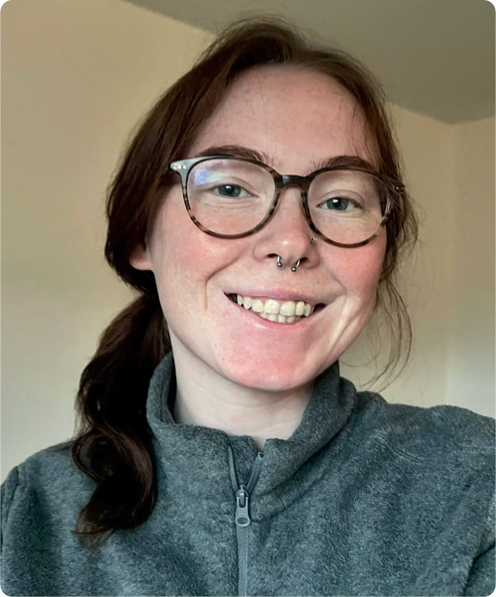
Since my first column in the February issue, I have been offered a post as a newly qualified paramedic (NQP) with the Northern Ireland Ambulance Service commencing in April. I thought this article would be a good opportunity to share my experience of the recruitment process as it can be an overwhelming time for many prospective NQPs in the UK, many of whom begin their preparation during their final year of university while juggling assignments, placement sign-offs and imposter syndrome.
I recommend starting with the C1 as this is a lengthy process that requires early preparation and financial planning. This process included a medical examination, a theory and a hazard perception test, 3 days of lessons and a practical test. Getting my C1 licence early was one less stressor! The NQP post was advertised in November, for which I needed two referees. I recommend choosing people who observed you during your training. In my case, this was my practice educator who signed me off as a paramedic and my personal tutor at university who observed my academic progress. I was eager to submit my application as soon as I could, but I knew I had to take my time and have it proofread by somebody else, such as a paramedic.
Over the next few weeks, I was constantly checking my emails awaiting communication from the recruitment team. To my excitement, I was shortlisted and invited to an Objective Structured Clinical Examination (OSCE); an all-too familiar feeling after having to complete multiple of these exams at university. I believe OSCEs are an effective measure of an individual's clinical and professional competencies, but there is no doubt that they create a lot of anxiety, especially with a job offer at stake. Unlike in university, I was not handed a mark sheet 4 weeks prior to memorise each step. This was a blind OSCE—which initially terrified me as I had such a short space of time to prepare for every single job out there. Would this be a run-of-the-mill chest pain or a paediatric polytrauma with backup 45 minutes away? Do not worry. As paramedics, the unknown is our bread and butter, and something we walk into on a daily basis, despite the information (or lack thereof) provided on the mobile data terminal.
So what do we do? We go back to basics and use the DRCA(c)BCDE approach. I use this approach for every patient, no matter their criticality as it leaves very little room for error which is advantageous in a stressful environment (such as an OSCE). It is simple to follow; if your patient's airway (A) is compromised, stop and do something about it, whether that be a manoeuvre, adjunct or medication. Then move onto breathing (B) and so on. Yes, OSCEs focus on how clinically capable you are, but they also assess how you interact with your patient or, in this case, an actor. It is crucial that you demonstrate the fundamentals of being a good paramedic such as verbal and non-verbal communication, consent and compassion. This will set you apart from other candidates.
After a successful OSCE, the final stage was an interview. I think the key to a successful interview is developing an answer structure that suits you best. For me, this was a modified version of the STAR pneumonic, STARR. The extra R stands for reflection—a crucial skill to have as an NQP. If you can demonstrate you are an advocate for reflective practice, this will impress the panel. Lastly, relax and be yourself. The next time I write, I will be wearing my paramedic epaulettes. Wish me luck!


